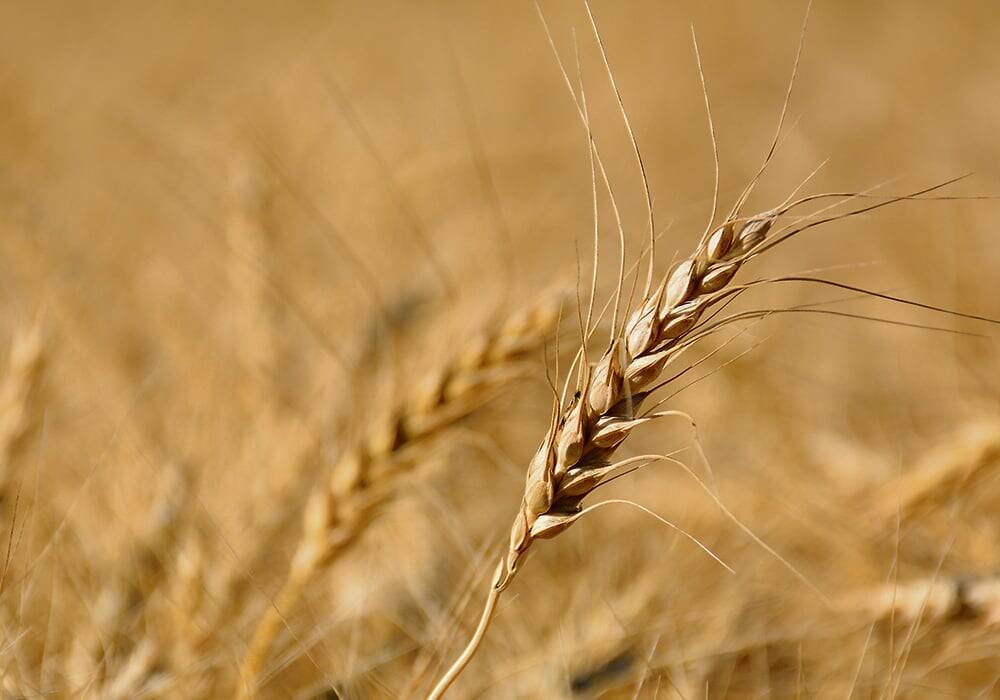MarketsFarm — The ICE Futures canola market drifted downward during the week ended Wednesday largely due to macroeconomic activity in the markets, according to one analyst.
Jerry Klassen from Resilient Commodity Analysis in Winnipeg said canola prices have mostly followed the lead of the Chicago soy complex, while rains fell on Brazil as its soybean harvest began.
“It looks like things are progressing very well in Brazil and it pressured the canola complex,” Klassen said, adding that along with rains in Argentina, Brazil’s new soybean crop is also pressuring soymeal prices.
Read Also

Prairie CWRS bids rise, other wheats mixed
Canada Western Red Spring (CWRS) wheat bids across the Prairie provinces saw some strength during the week ended Nov. 11, taking some direction from the United States futures. However, other wheat classes were mixed.
“The meal values have been trading at some very lofty levels, driving the crush margin structure for beans, but also contributing to the strength in canola. But soymeal has faded now, as well as soyoil. The products have deteriorated over the past week and they have contributed to the overall weakness in canola.”
The May canola contract closed Wednesday at $818.60 per tonne, a decline of $13.10 from one week earlier. The price of the May contract hasn’t fallen below $800/tonne since Jan. 26 and hasn’t been higher than $840/tonne since Jan. 19.
Klassen added there is usually an uptick in canola selling before March due to road restrictions being implemented on trucks during the month.
Despite taking cues from the Chicago soy complex, canola did not fall to the same depths as soybeans during the week, where the May soybean contract lost 2.6 per cent of its value to US$14.9425 per bushel even after gaining in price on Wednesday.
“South American soybeans are trading at such a sharp discount (compared to U.S. soybeans). That’s why we’ve seen the beans drop off a little bit more than the canola,” Klassen said.
With Minneapolis spring wheat prices falling precipitously over the past week, it may be an indication that farmers on the Canadian Prairies will choose to grow canola over spring wheat in the next few months, according to Klassen. This may result in an increase in canola acres, putting pressure on the oilseed.
“You see canola kind of soften in the first half of March. That’s a very strong seasonal tendency. When you get into the last half of March and (farmers) start to focus on seeding…you usually start to see the markets strengthen,” Klassen said.
— Adam Peleshaty reports for MarketsFarm from Stonewall, Man.















